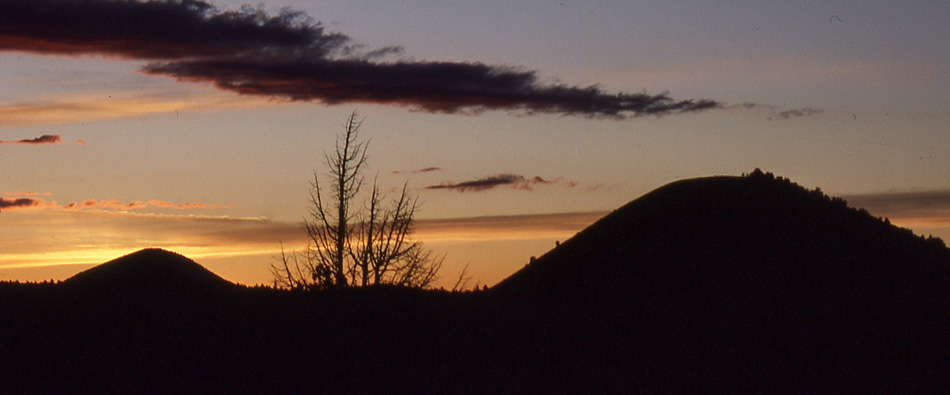|
Historical Photos
The following photographs appeared in Portfolio
on the National Parks and Monument System, published by the American Planning and Civic Association circa 1938. These
photos appeared in a series of four booklets: "Whar Are National Parks?", "Conservation of Nature", "Preservation of History",
and "Facilities and Services".

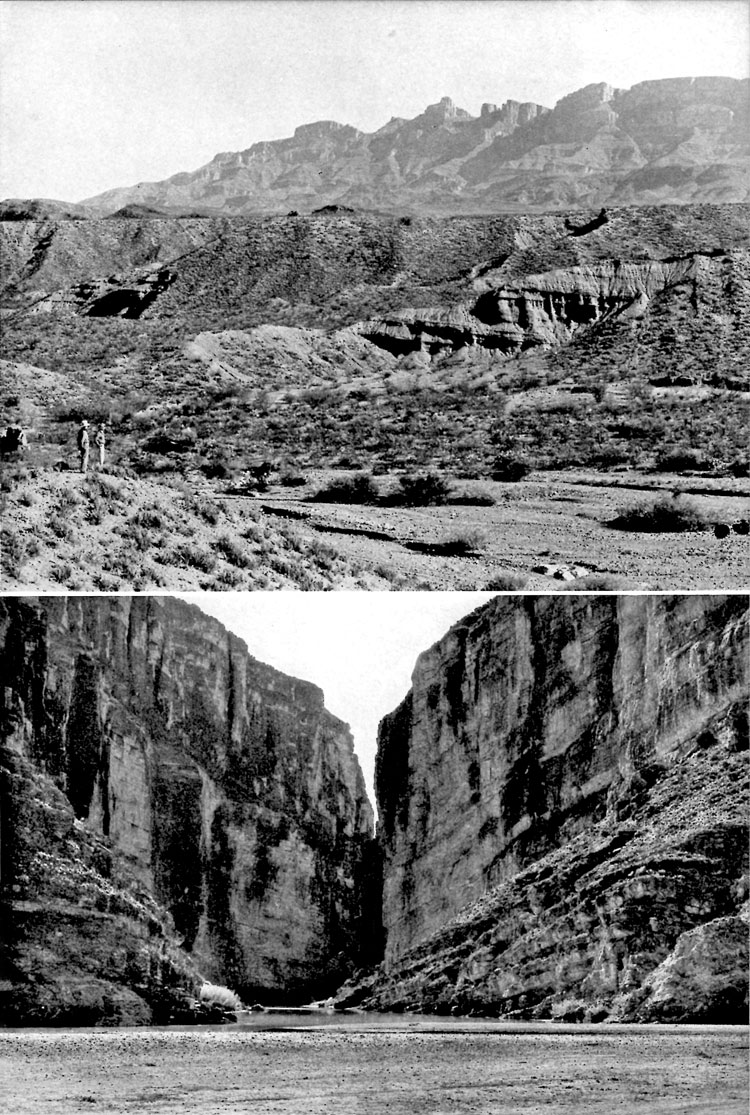
The proposed Big Bend National Park on the Mexican border will add
another link to the conservation chain when the necessary lands have been
acquired by the State of Texas and donated to the Federal Government.
Alluring canyons, mountains, and tropical deserts can then be brought within
reach of those who want to know more of this country and of our neighbor to
the south.
|
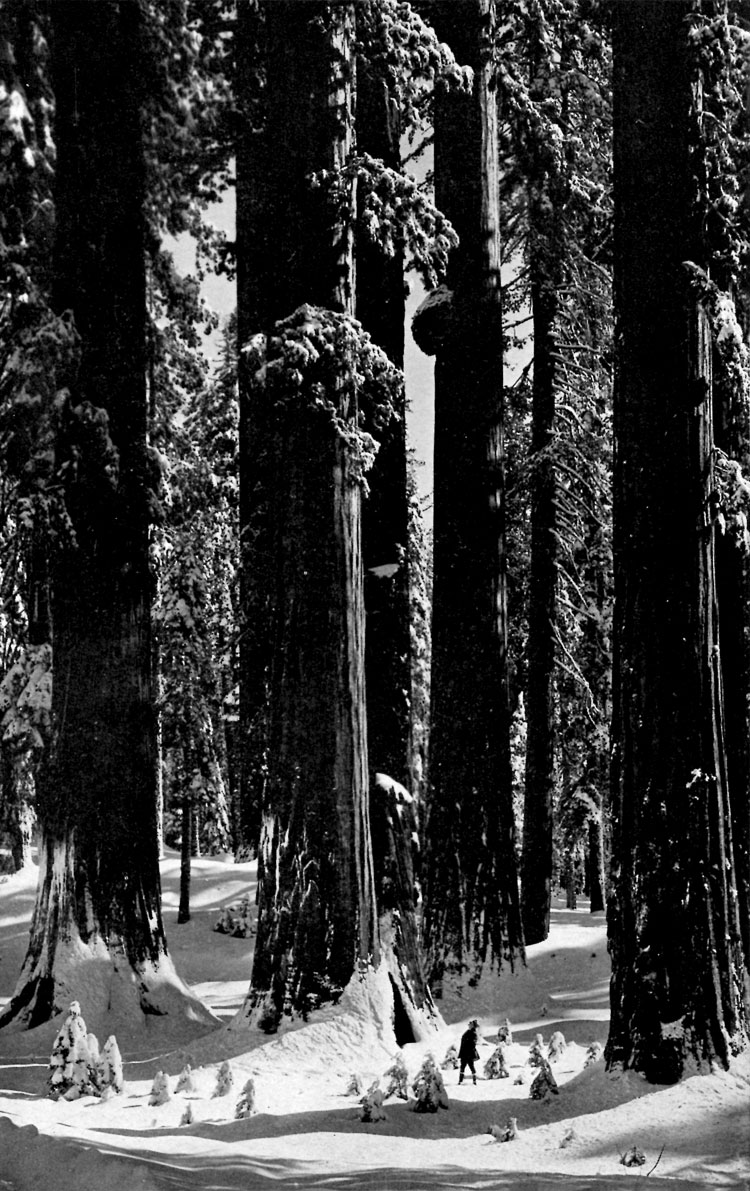
Winter in the temple of the forest. Thousands of giant sequoias in the mountains
of California have gone down before the axe and the saw. Congress has
established Sequoia, General Grant, and Yosemite National Parks to protect such
forests, but in Redwood Canyon, just outside the border of Sequoia, is the
largest remaining grove in private ownership. Unless it is purchased and placed
in public ownership, it, too, will be destroyed.
|
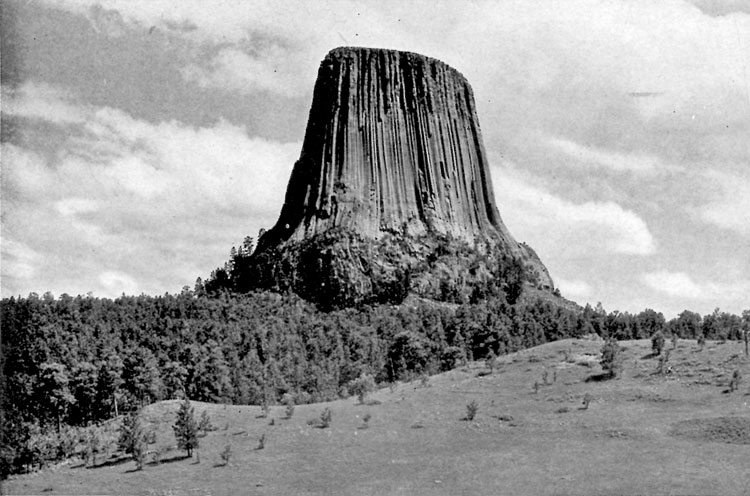
Devils Tower, Wyoming, the exposed core of an ancient volcano and one of the
famous landmarks of the West, was set apart in 1906 as the first national
monument. Since then, seventy-three other national monuments have been
established in all parts of the country.
|
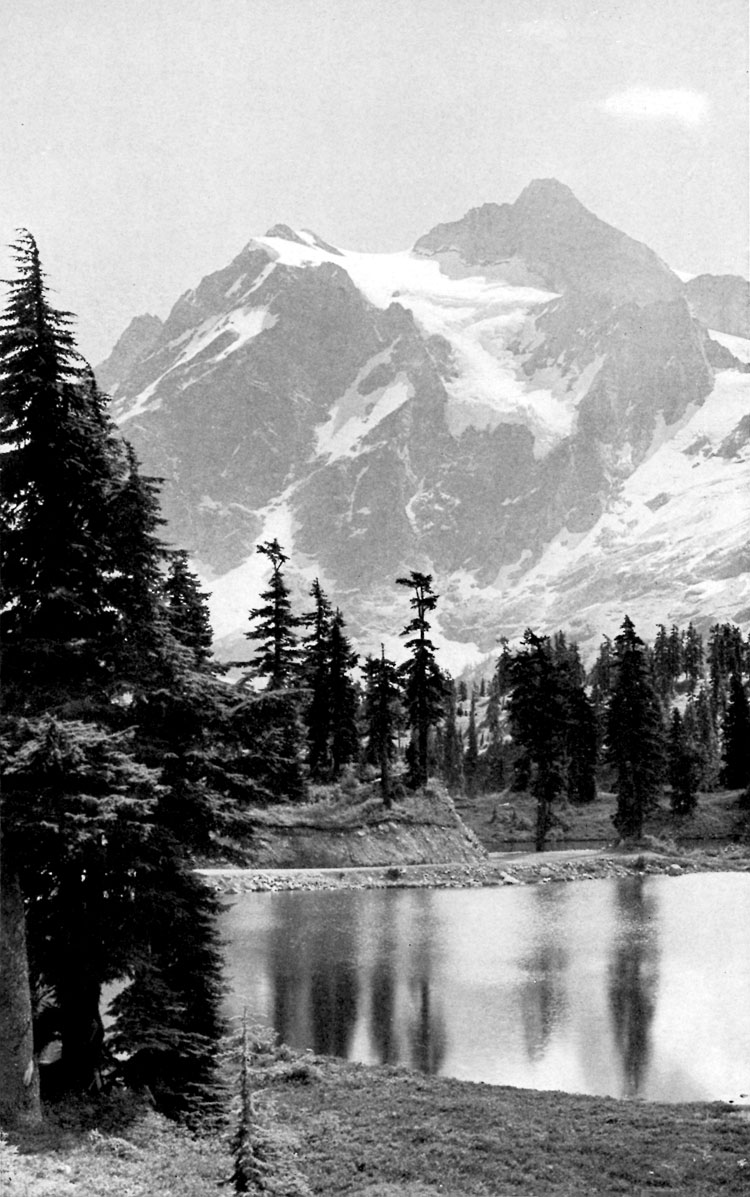
In the northern Cascades of Washington there is a great, Government-owned
wilderness of snow-capped peaks, alpine forest, glacial lakes, and mountain
meadows, whose highest value is for recreation. The scene of Mount Shuksan
tells the story better than any words. Here is an area which meets every
qualification for a national park.
|
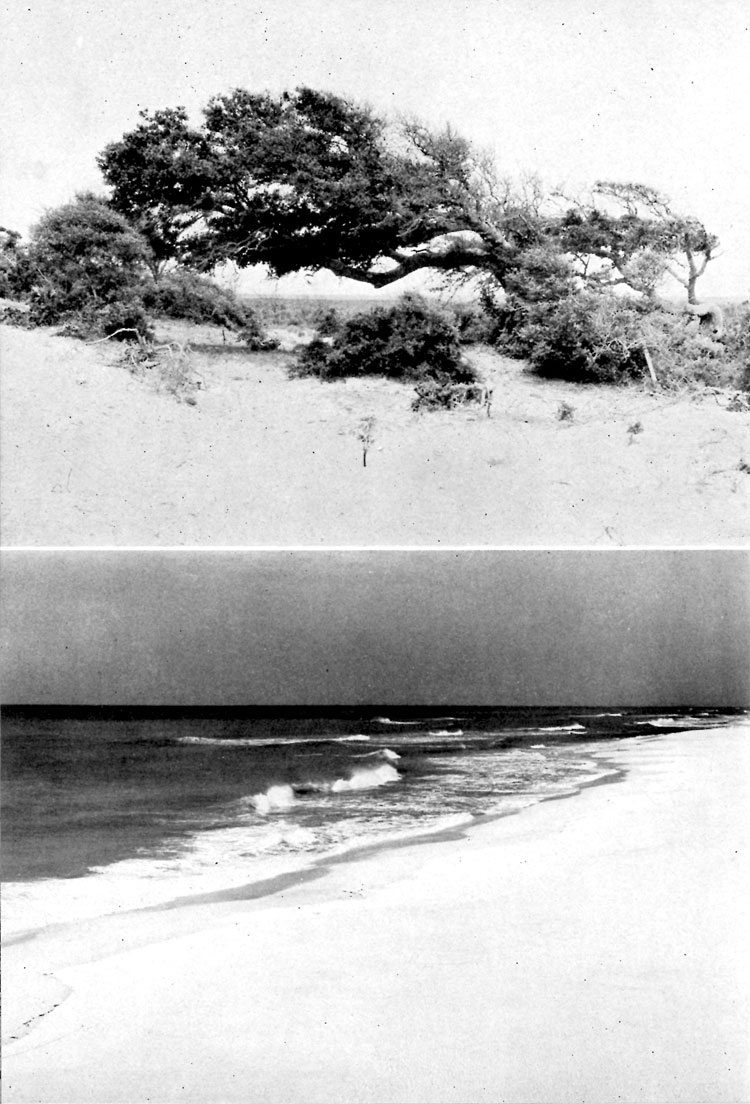
The first National Seashore has been authorized by Congress to include a hundred
miles of unspoiled ocean beach in the vicinity of Cape Hatteras, North Carolina.
The extent of ocean beach available to the public is rapidly diminishing, and
large sections should be placed in public ownership before it is too late.
|
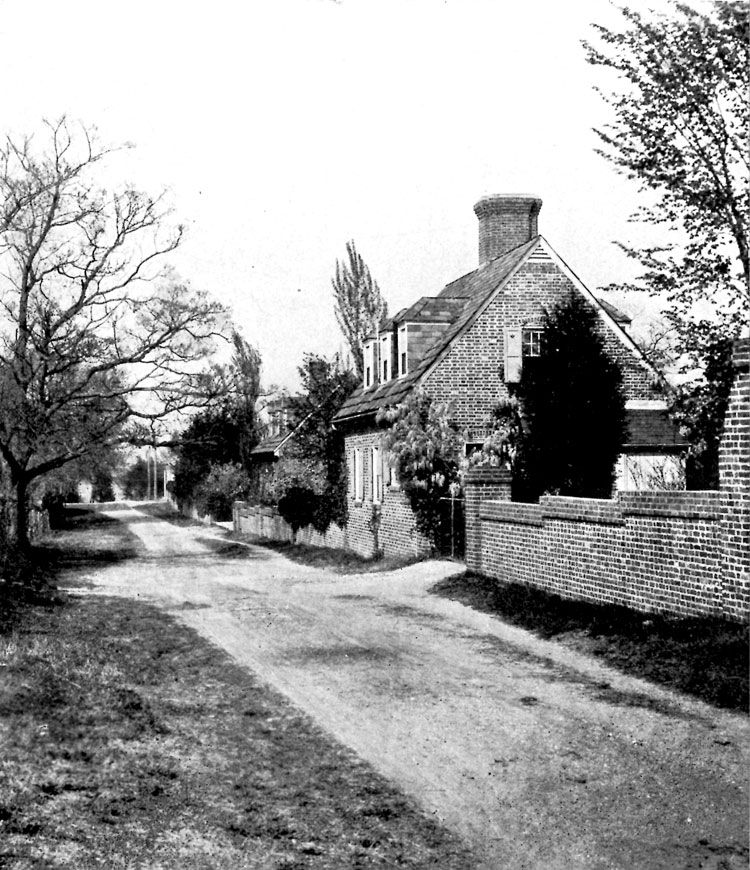
A quiet street in old Yorktown, characteristic of the type of historic scene the
National Park Service is restoring and preserving in the historic areas now
coming into the national park and monument system.
(Photograph courtesy Virginia State Chamber of Commerce)
|

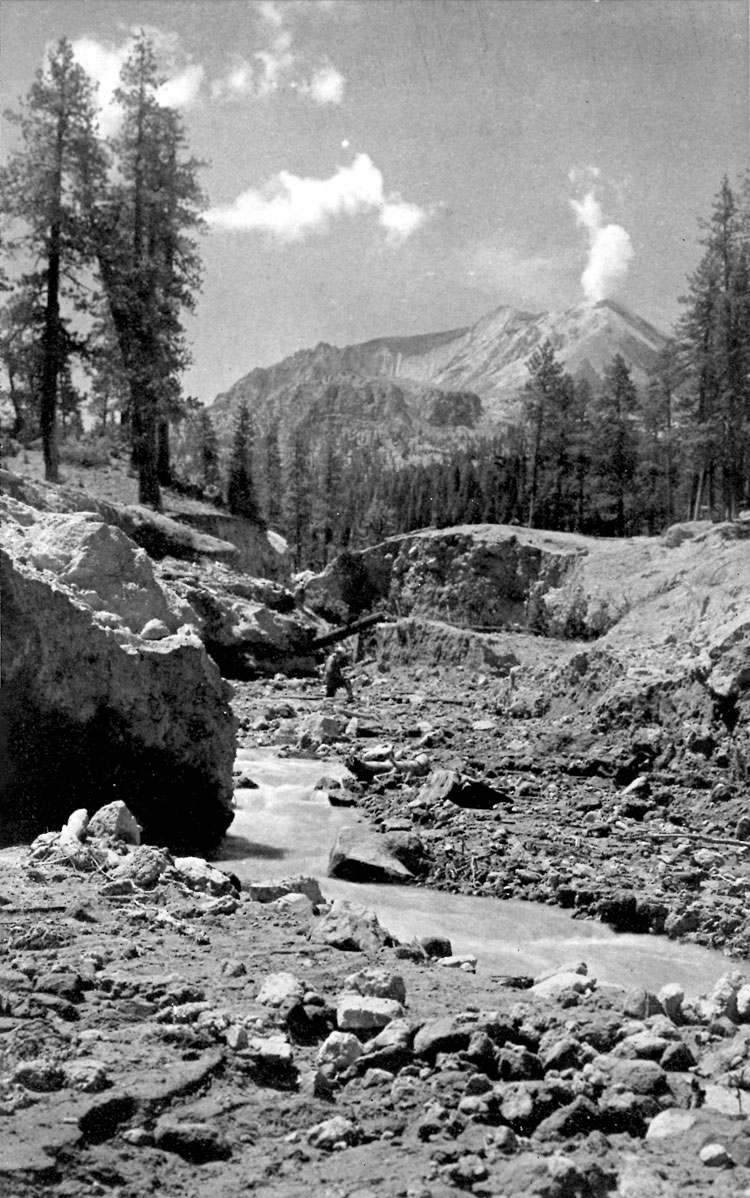
Later phases of volcanic activity are seen at Mount Lassen, the last active
volcano in the continental United States. Its 1914 eruption is the most recent
outburst of the earth forces that have piled up the great chain of volcanic
cones, stetching from Mount Lassen in California to Mount McKinley in
Alaska.
(Photograph by B. F. Loomis)
|
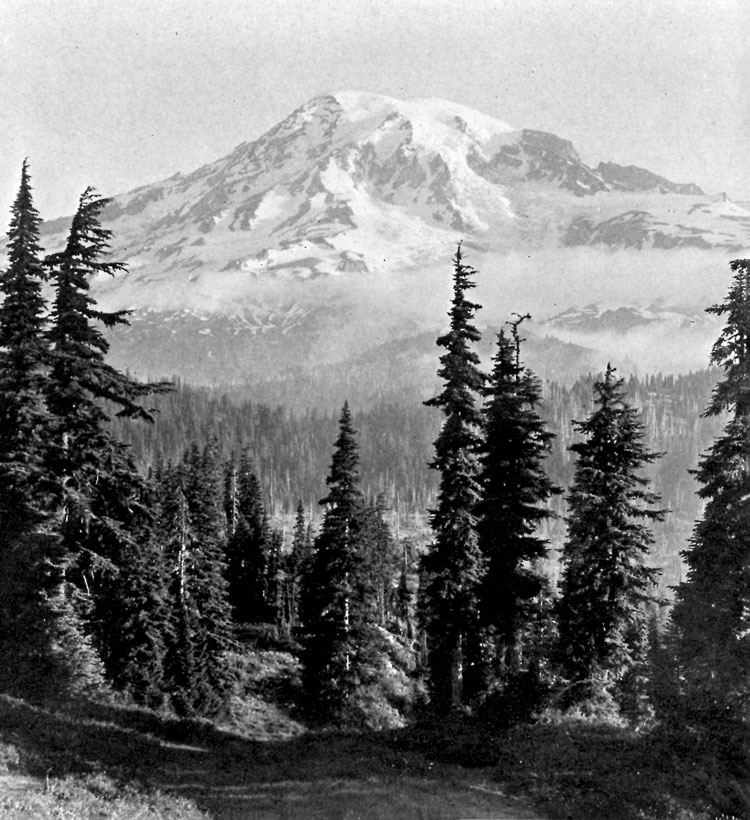
Mount Rainier, an extinct volcano, where earth-building forces have been
reversed and the enormous volcanic cone is now being eaten away by the slowly
creeping glaciers.
(Photograph © Asahel Curtis)
|
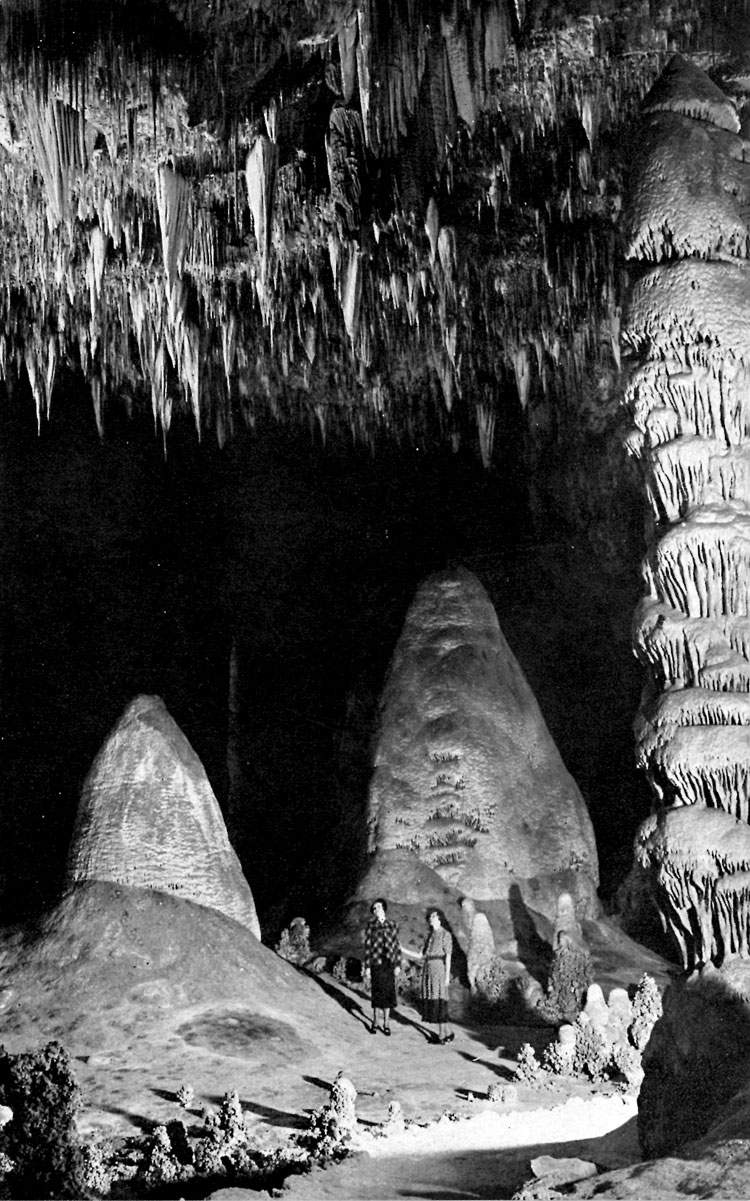
Other chapters in the geology of this continent are told in the bizarre caverns
of the Carlsbad. Each scene tells a story of the slow, silent work of
percolating water.
(Photograph by Ansel Adams)
|
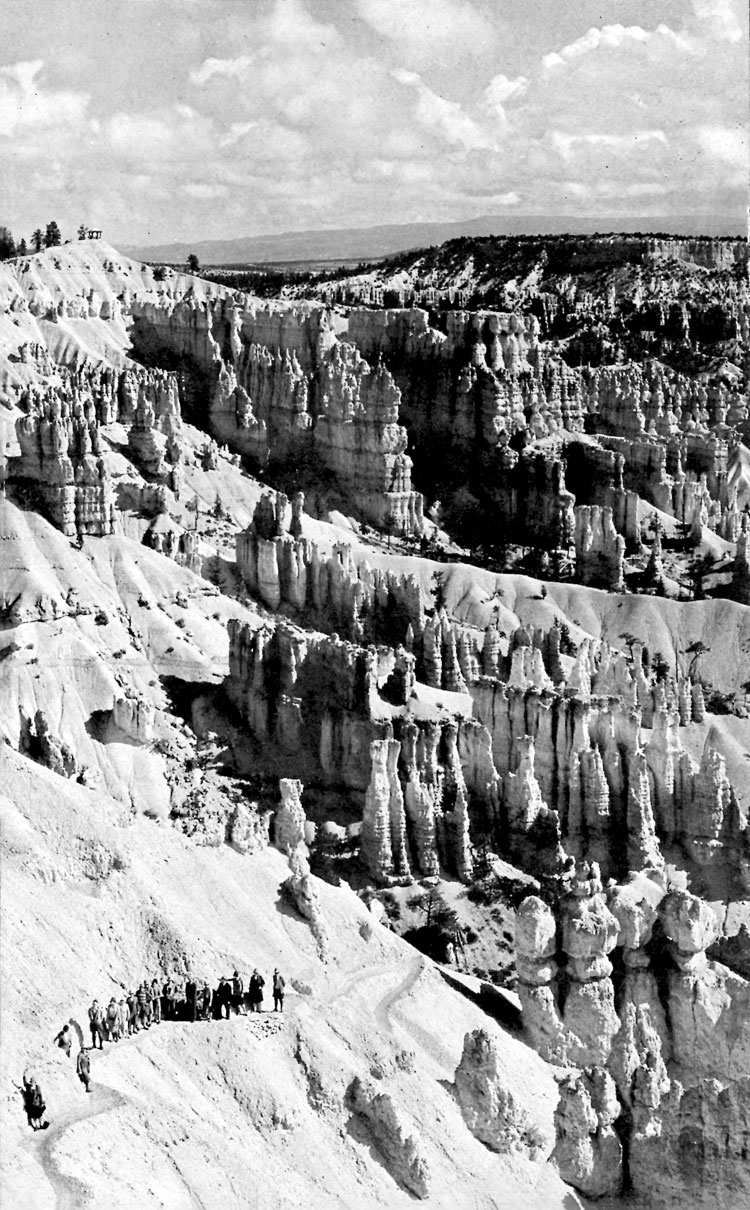
Fantastic spectacles of earth erosion can be seen at Bryce Canyon
National Park. The geological scenes pictured thus far are little more than
glimpses, but the story of the building of our continent is graphically
portrayed to the person who visits the national parks and monuments.
|
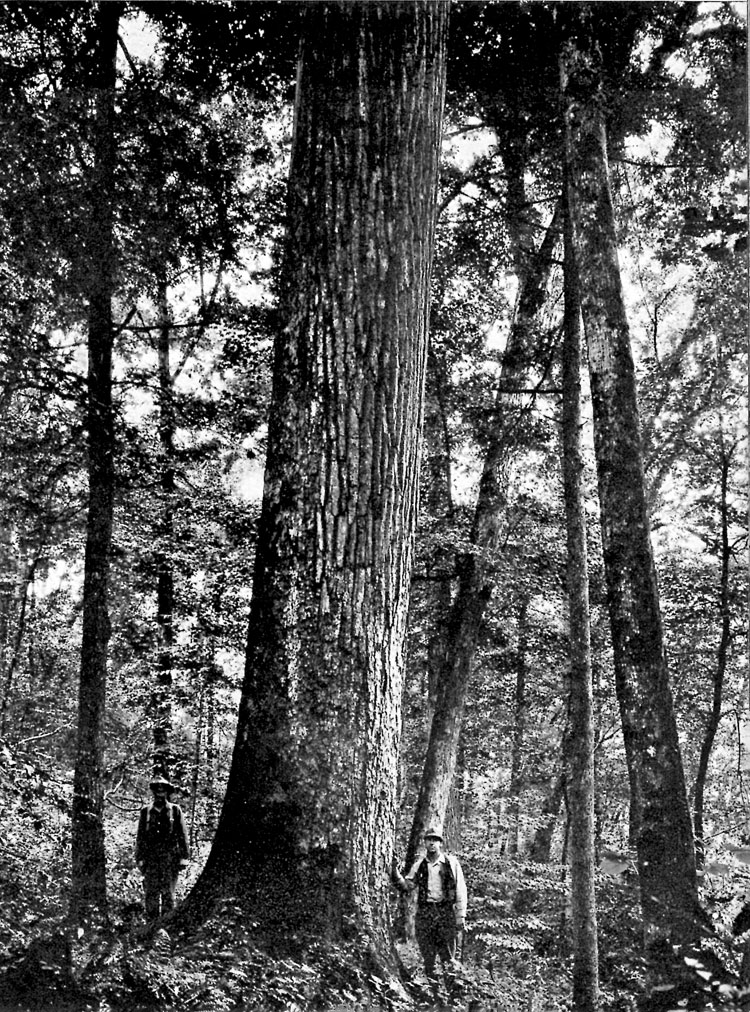
Virgin hardwood forest in the Great Smoky Mountains. Such forests as this
are protected and preserved, unspoiled, for your pleasure, by park forestry.
(Photograph by George Masa)
|
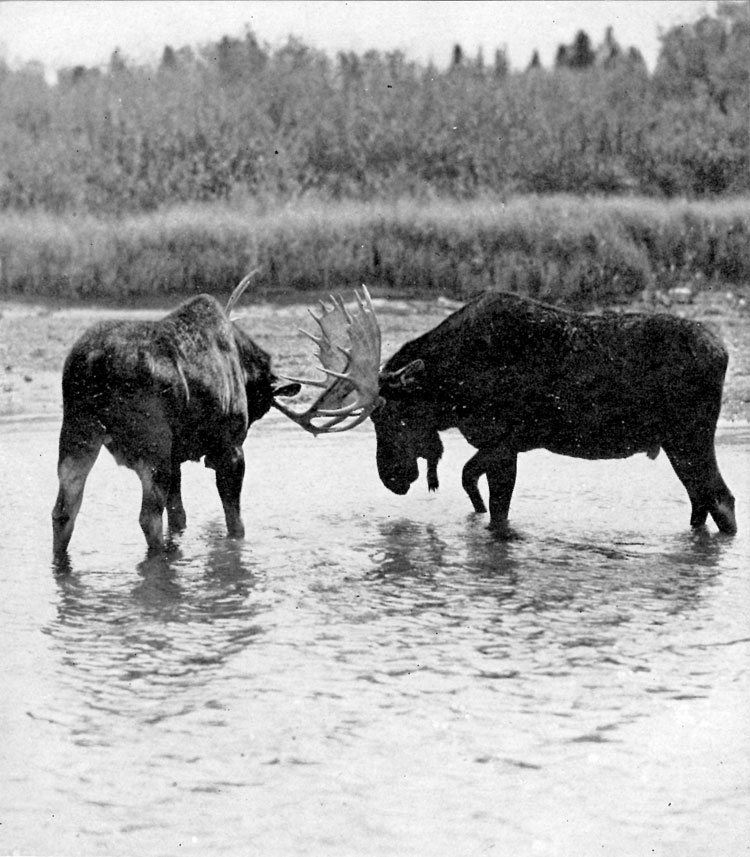
Moose are protected in the wildernesses of Glacier, Yellowstone, Grand Teton,
and Isle Royale National Parks.
|

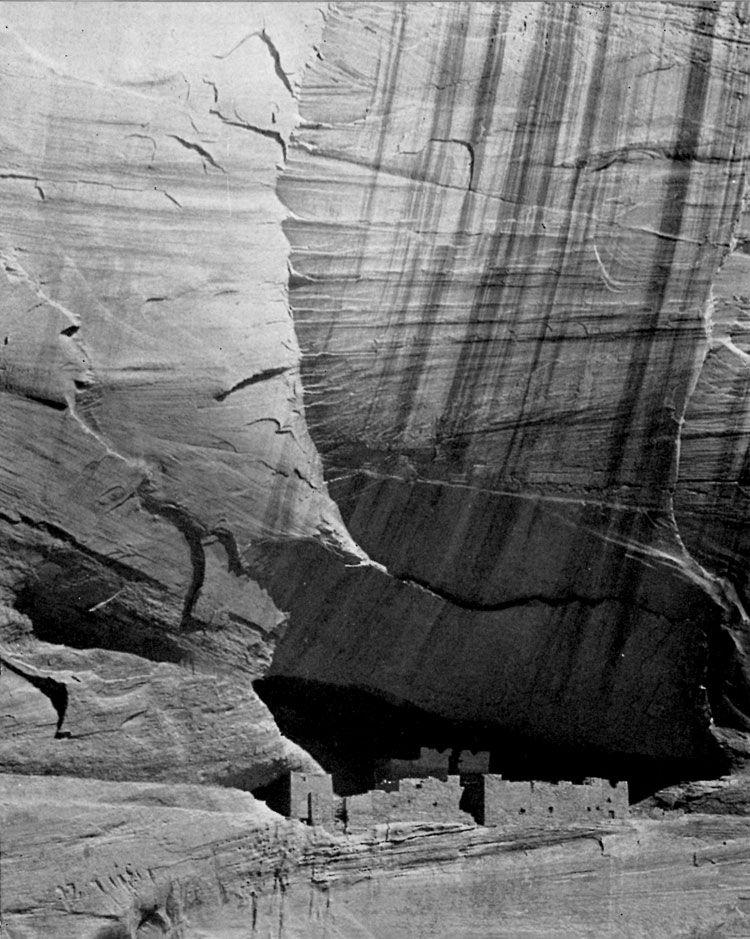
Prehistoric man and his allies, the sun and the rain, have painted this scene in
the reddish walls of Canyon de Chelly in the heart of the Navajo country. To
save it from vandals and protect it from the elements, this colorful region has
been made a national monument.
|
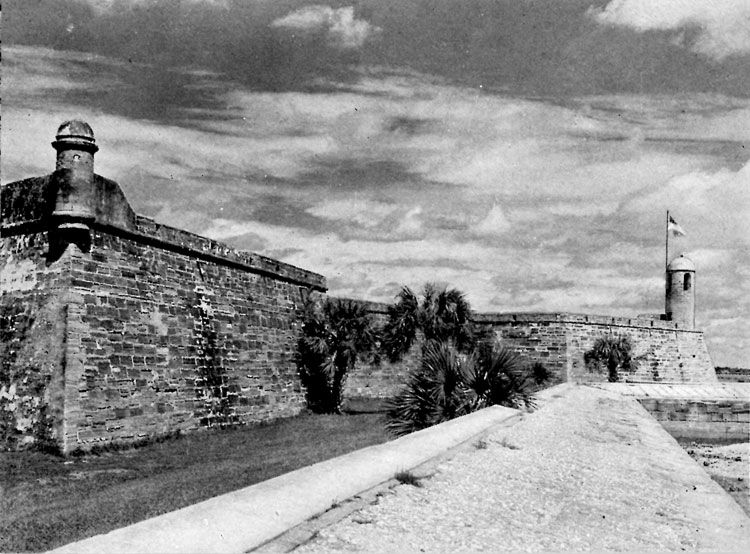
Fort Marion, the oldest masonry fort still standing in the United Slates, is
today reminiscent of the Spanish era in Colonial America. Begun by the Spanish
in 1672 to protect the City of St. Augustine, it still retains a charm and
flavor that have long outlived its military usefulness. It is now a national
historic monument.
|
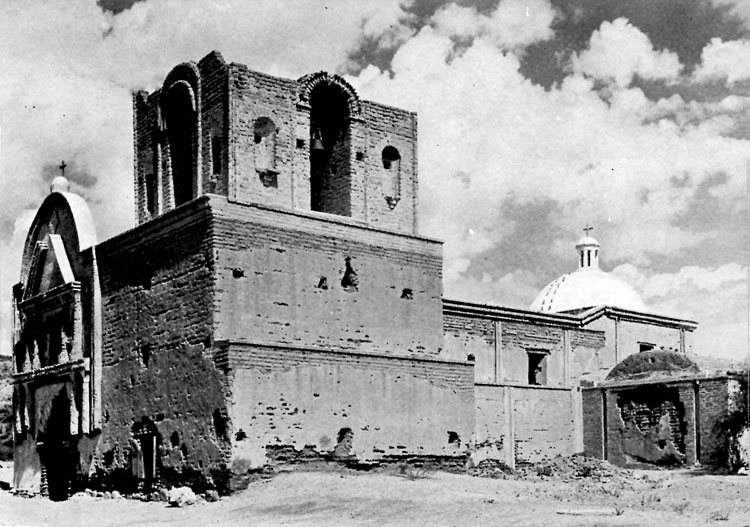
Characteristic of the Spanish era in the West, is the ruin of
seventeenth-century Tumacacori Mission, founded by Father Kino in the desert of
Southern Arizona. It is now being preserved as a national monument.
|
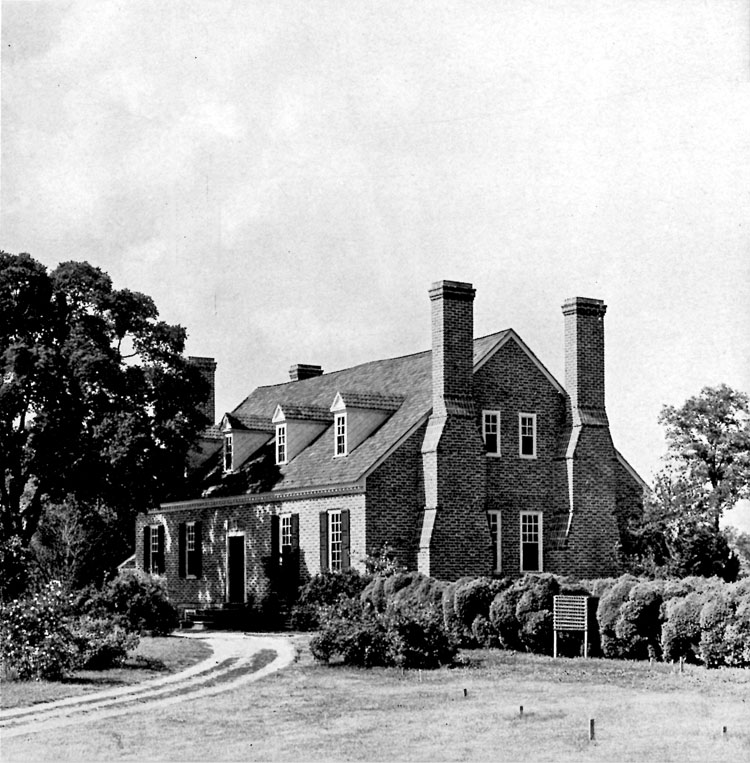
The house in which George Washington was born was destroyed by fire in 1780.
After careful study and excavation, this house was built upon the foundations of
the old home. While it is neither a replica nor a reproduction of the original,
its design follows that of the Virginia type plantation house of the period. The
bricks were made by hand, as they were made in colonial days, and the gardens
have been restored with painstaking care. George Washington Birthplace National
Monument is now one of the nation's great historic shrines.
|
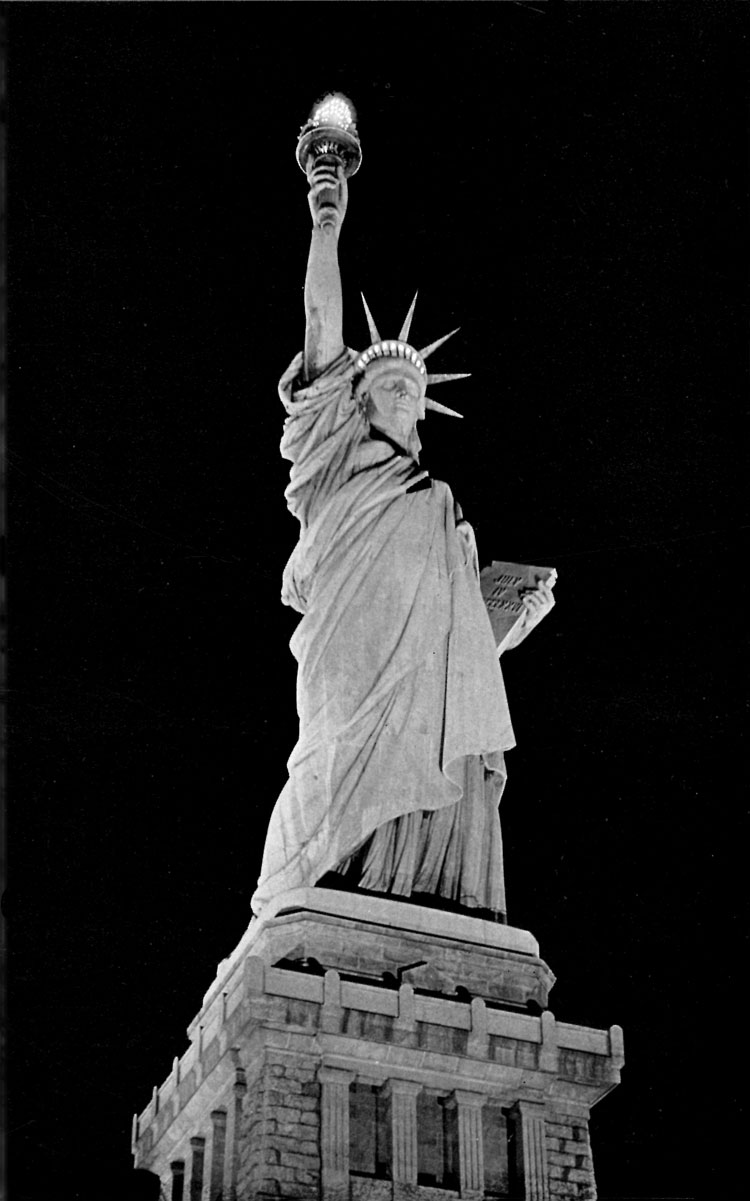
Statue of Liberty National Monument.
|
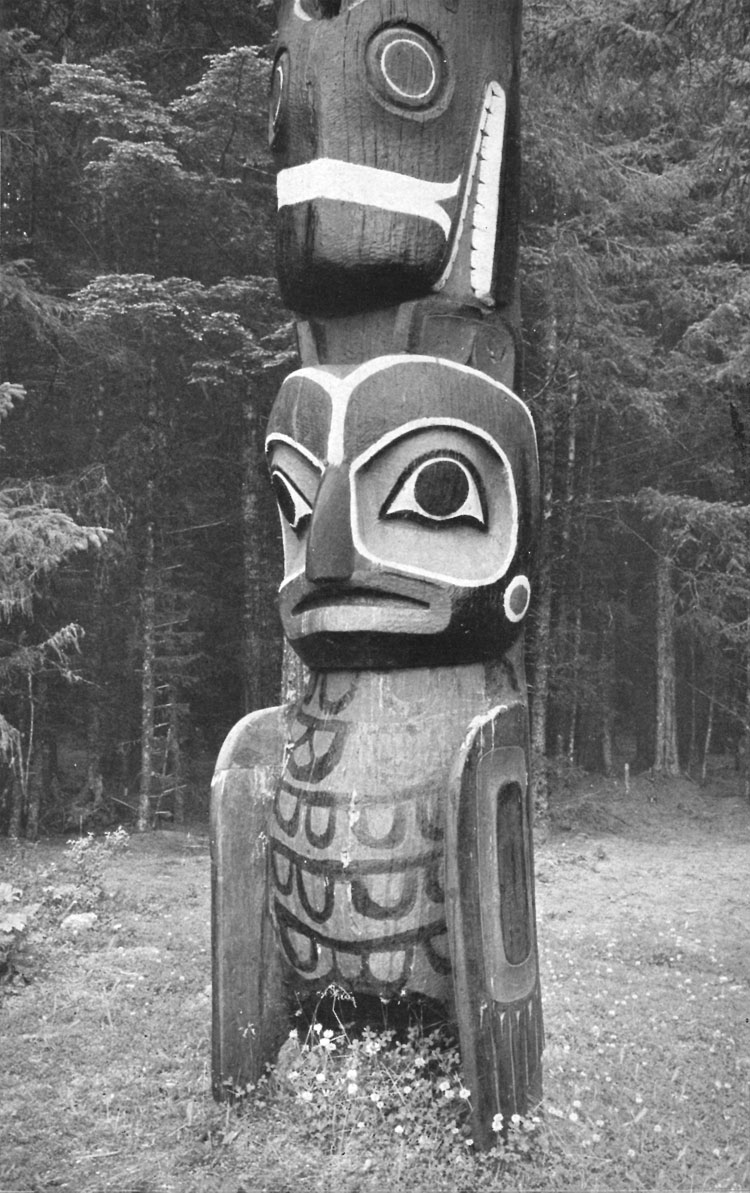
Totem pole, Sitka National Monument, Alaska. Planning Alaska's future demands
full recognition of the vivid historic heritage exemplified by such interesting
objects.
|

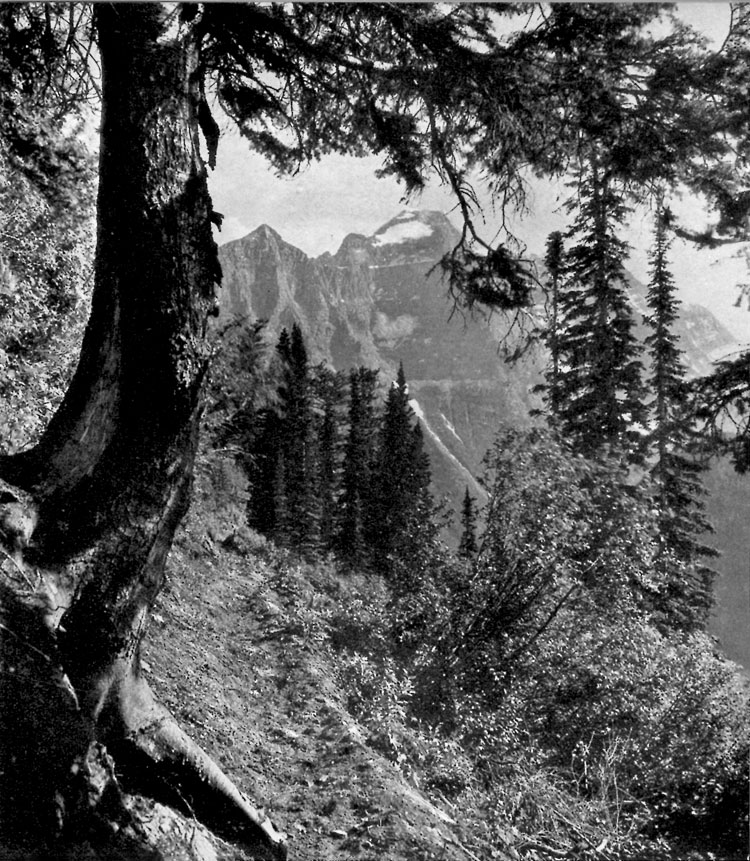
The wilderness trail is the simplest and, perhaps, the highest achievement in
park development. Those who have not taken the trails have not really seen a
national park. Back-country trail, Glacier.
(Photograph © T. J. Hileman)
|
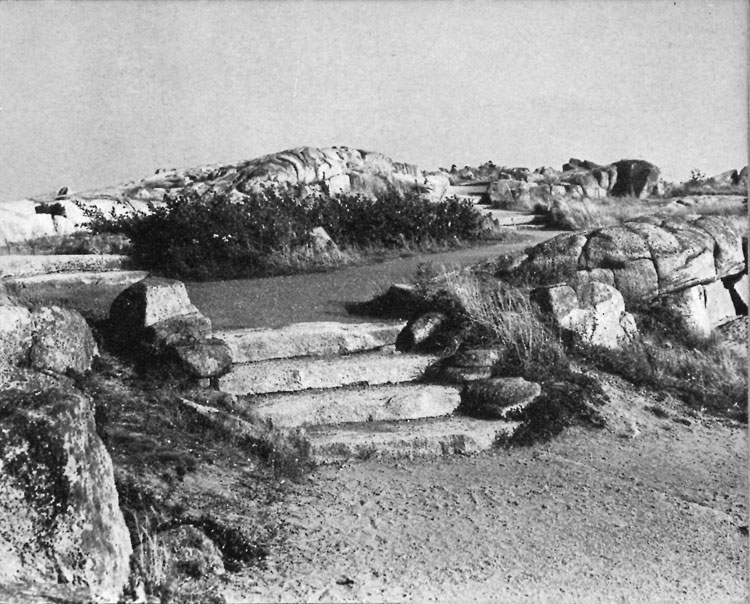
Another kind of trail, the frequented path to a look-out point or in the
vicinity of camps and settlements, is an equally subtle achievement. Native
materials have been used in this trail on the top of Cadillac Mountain, in
Acadia, to blend with the age-old rock of the mountain.
|
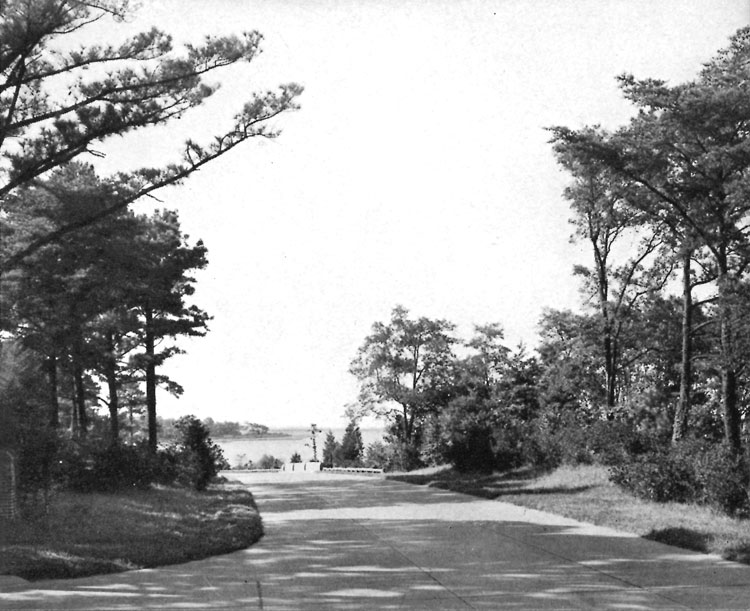
A parkway connects the separate areas of Colonial National Historical Park,
Virginia. Parkways are the climax in present highway design. Improvements in
alignment, reduction of "friction" in the traffic stream, and a wide
right-of-way supplemented by scenic easements are features of a parkway.
|
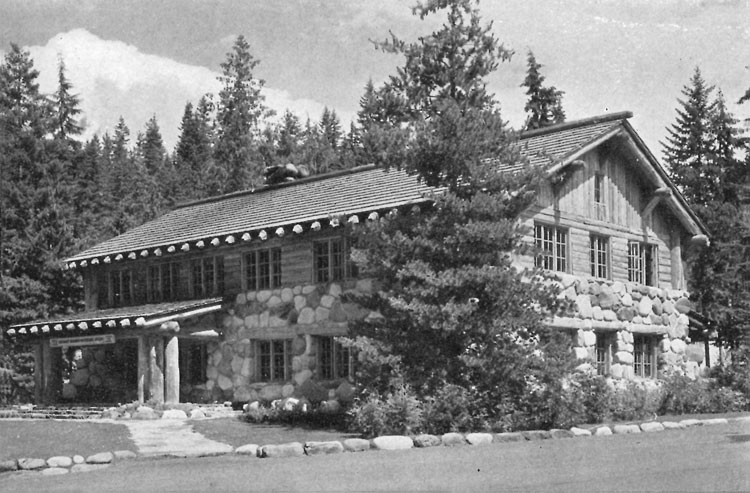
Typical park headquarters, Mount Rainier. Each park and monument is under the
supervision of a superintendent or custodian, whose headquarters are prominently
located for the service of the public.
|
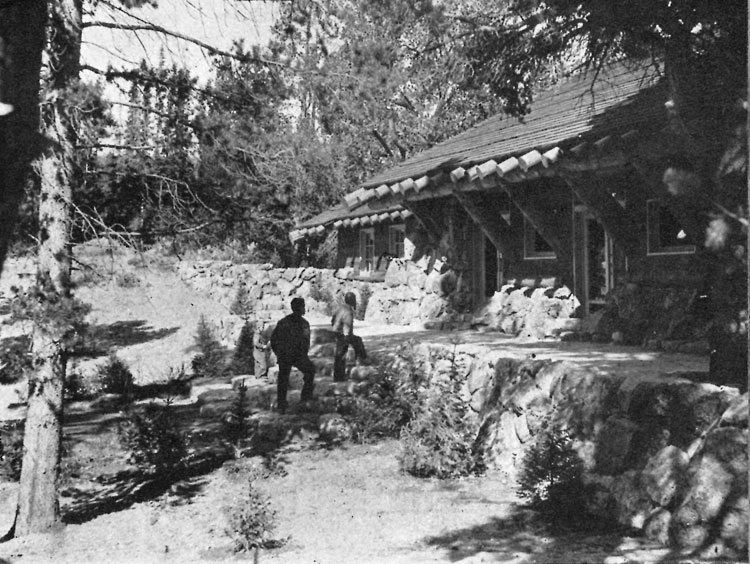
Fishing Bridge Museum, Yellowstone.
|
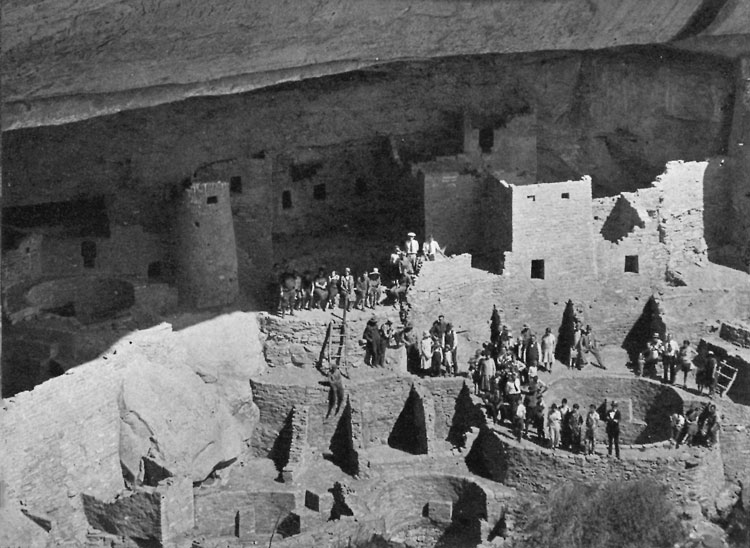
Rangers conduct all visitors through the ruins at Mesa Verde. This service is
also rendered at many historical and archeological monuments and at all park
caverns open to the public.
|
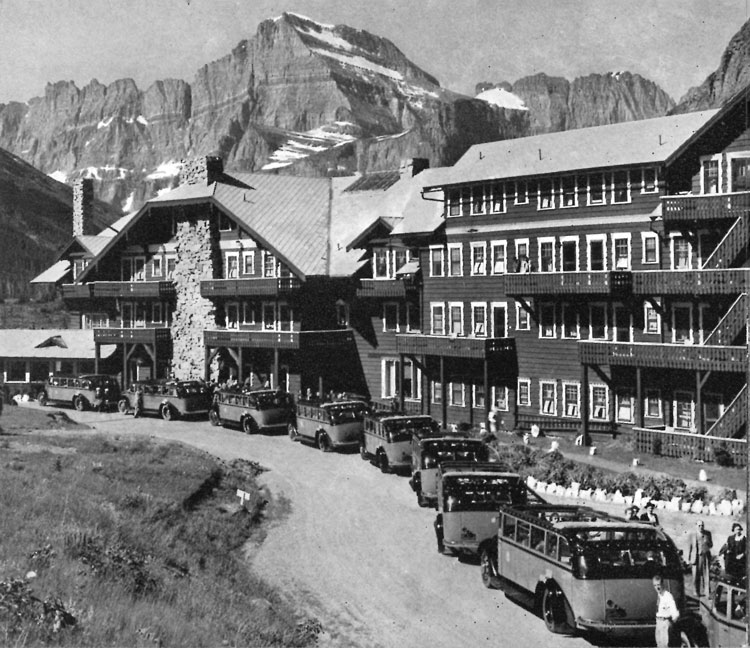
Glacier.
|
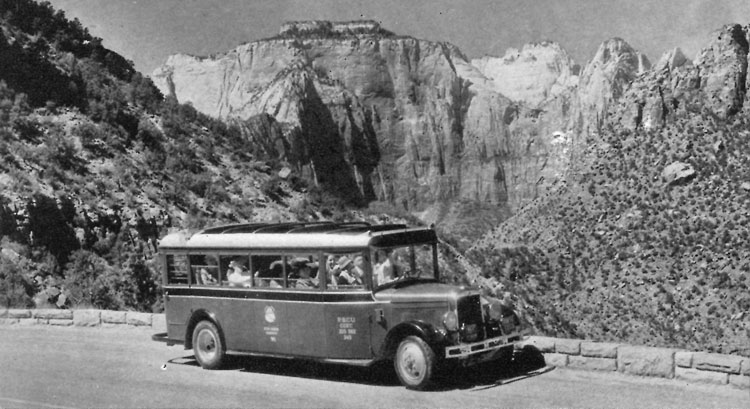
Zion.
|
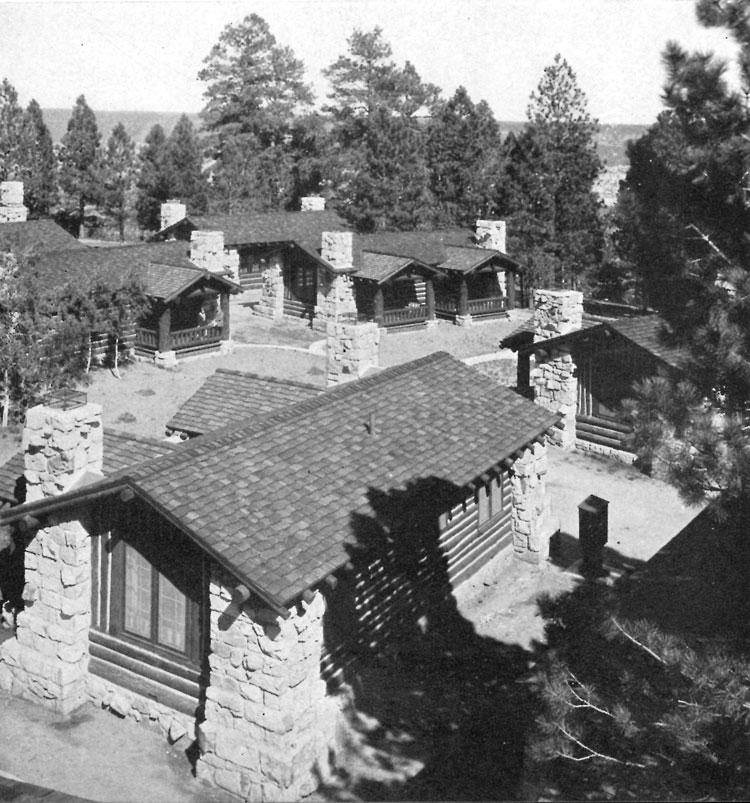
De luxe cabins on the north rim of Grand Canyon.
|
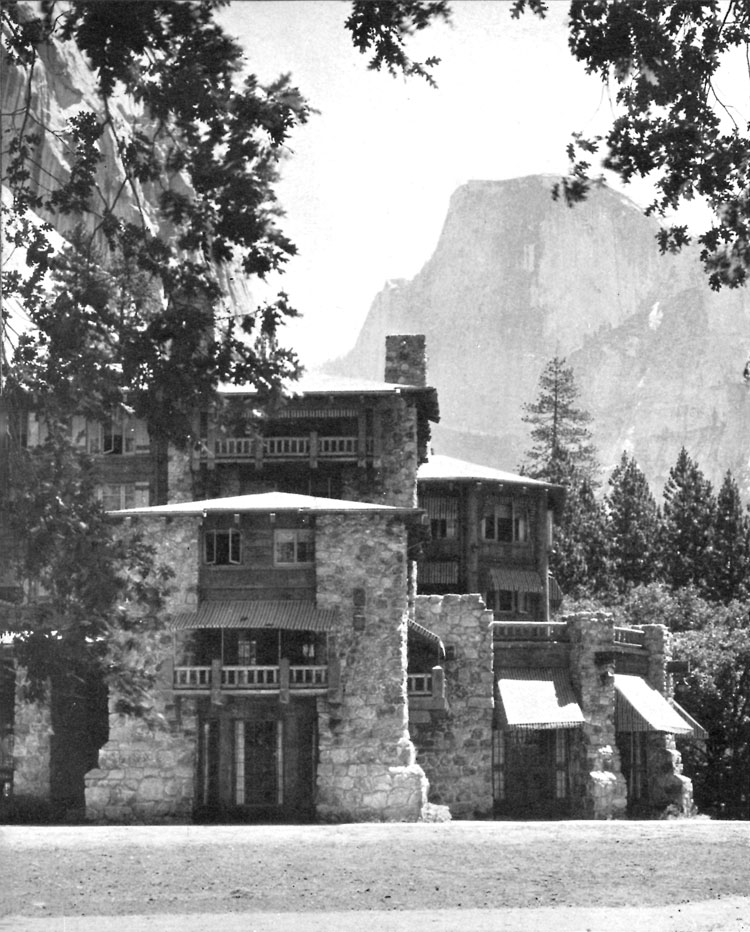
As attentive service as you wish may be had in the park hotels, Yosemite.
|
|

